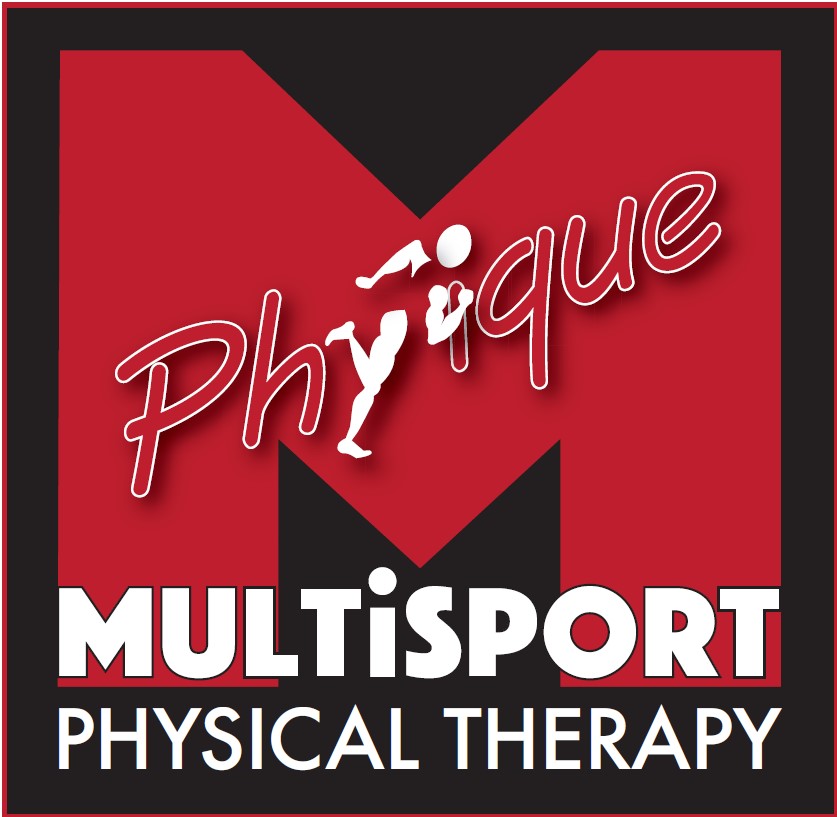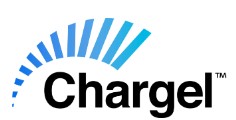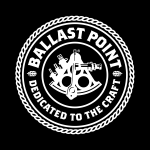John Holman
Normal 0 false false false EN-US X-NONE X-NONE /* Style Definitions */ table.MsoNormalTable {mso-style-name:"Table Normal"; mso-tstyle-rowband-size:0; mso-tstyle-colband-size:0; mso-style-noshow:yes; mso-style-priority:99; mso-style-parent:""; mso-padding-alt:0in 5.4pt 0in 5.4pt; mso-para-margin:0in; mso-para-margin-bottom:.0001pt; mso-pagination:widow-orphan; font-size:10.0pt; font-family:"Times New Roman","serif";}
I talked Ironman with John Holman who finished his 1st Hawaiian Ironman on 10/16 in 16:48:12. John had a great race finishing 22nd in the men’s 65-69 age category. I encourage you to eavesdrop on some of that conversation.
CZ: How did you get started in triathlons?
JH: I was not very familiar with triathlons, but I’d seen IM Hawaii on NBC for a number of years and had taped most of the broadcasts since 1994. I’d always thought, “What an awesome event, and the feeling of accomplishing such a feat must be absolutely exhilarating.” Since I couldn’t swim very well, and ran very little (long runs were not my thing), I just chalked off doing triathlons as a fantasy.
In the early nineties our family lived close to Canon Street in Point Loma which is a part of the bike course for the SD International Triathlon. In 1993 my wife, Harriet, and I were having breakfast at a little café at the corner of Scott and Addison Streets during the race. That intersection is last hard left turn on the course. As we watched the racers round the corner, I made the comment that it would be fun to do “one of those” some day. She turned to me and said, “You could do it.” The next two years I entered the race with two others doing it as a relay. In the late nineties she got cancer and so our focus turned to her health. She died in 1999 and after working through her loss I found myself with time on my hands. I recalled what she had said at the café, and thought, “Why not?”
In late 1999 I joined the Mission Valley Y and started working with a trainer doing weights, found someone to help me learn how to swim properly (that’s still in doubt), bought a demo wetsuit from the Saucony store in San Marcos, got a bike (same Kestrel 500 I have today), joined the Tri Club, and off I went.
CZ: What was your athletic background prior to triathlon?
JH: In high school I ran track doing sprints, hurdles, and long jump. In college I ran some track doing sprints and hurdles in my freshman year, played rugby for a couple of years, and football for one year. Everything was pretty much fast twitch muscle stuff. Anything over 400 meters was long distance. After settling in San Diego in the late sixties, I did sporadic running and recreational bike riding with a few Solvang Centuries being the “big” events. Most of my recreational time was spent with my family or racing the various sailboats I had from 1972-1994.
CZ: What was your first year of triathlons like?
JH: The first year of triathlon was 2000. My first race was Fiesta Del Sol in the spring. I’d done body surfing most of my life, so going out through the surf was no problem, but attempting to get to the first buoy, was a struggle (“I have to swim, not just dive under the waves, and ride them back in? Bummer.”). I really wondered why I was there. The water was pretty rough, like a washing machine on the agitate cycle. I even did the backstroke part of the way. After exiting the water, the rest of the race was a no brainer. Finished without drowning; yahoo!
The Tri Club beginner meetings on Fiesta Island were a big help. Learning how to plan and setup your transition area was essential. The Club races in Coronado were all casual, and non-threatening, real good learning opportunities. As I recall I also did the San Diego International, a Duathlon and Camp Pendleton, and the Mission Bay Tri that first year.
CZ: How did you decide to do an Ironman?
JH: Well, in 2002 I was working with Roch Frey as my coach and early in the year he had asked if I would like to do an Ironman. I thought, “In your dreams, at my age?” He just let me ponder it. At Ralph’s Half IM in May, I crashed on the bike resulting in a concussion, and a lot of road rash, so I thought that that was the end of the season. But Roch is a very positive, encouraging person and urged me to get back into training, keeping IM Canada in mind. He was more helpful than the MDs in the advice he gave in caring for the road rash. I did the San Diego International with some concern about the bike (never have determined why the crash at Ralph’s), but finishing it with no problem. I told Roch, “Let’s go for Canada.” So that was the start of my IM races. Without Roch’s encouragement, I doubt if I ever would have done an IM, and I’m eternally grateful for having him in my life.
CZ: Which Ironman races have you done?
JH: My first IM was Canada 2002, 15:51:36. Also did Canada in 2003, 14:35:50; and Lake Placid in 2004, 16:30:50. One of my real disappointments has been that because of various injuries I’ve been unable to run the entire marathon in any of the IM races. So, running the entire distance is my number one IM goal. By the way, because of a muscle injury I walked the entire marathon at Lake Placid and got blisters on the balls and heals of both feet. I’ll never do that again. Perhaps I should have dropped out after the bike. I did Ralph’s for my IM Hawaii certification, so did not need to finish Lake Placid. But you know there’s something about quitting that just seems to leave a sour taste in my mouth. However, I paid dearly for that decision over the next several days.
CZ: How did you get your entry to Kona?
JH: I entered the IM Lottery in 2003 & 2004. In early April 2004, someone from a New York PR firm called saying that a local TV station was interested in doing a segment on older people doing triathlons. I thought that was a little strange, and was suspicious that it might be associated with the Lottery, for the names were to be announced on April 15th. Sure enough on Channel 8 at 6:30AM, I was given the news that my name had been drawn.
CZ: What were some of the highlights of your race in Kona?
JH: Well it was the most fantastic IM learning experience I’ve ever had. It was the slowest and hardest race of my life, but most exciting. I had a lot of my family including six grandchildren there. As my son-in-law said, “It’s like a golfer (which he is) playing at the PGA championships on the same course and same day as the best golfers in the world.” Two things struck me in terms of the competition. The first was in T1 there are usually many more bikes in the racks when I arrive. Not this time. The second was when I was heading into the wind towards Kawaihae and saw Normann Stadler coming south at a tremendous speed and with a 15+ minute lead, I knew this was a VERY SPECIAL race.
There were two things of a personal nature. The first was, I learned what it is to bonk. Leaving T2 I felt an overwhelming sense of fatigue. No nausea, pain, or soreness, it was just as though the “tank was on empty”. I had used my usual IM nutrition plan on the bike, but obviously Hawaii is a different animal and I should have taken in more calories. I was there to finish, so I just worked through it. The second Ahh-Haa was the wind, heat and humidity. The terrain of the bike leg is nothing for us here in San Diego. The wind, as Debbie Gallo so aptly described in last month’s article, was relentless. I have a lot more respect for that bike course than I did before going there. A course profile chart is of little value in Hawaii.
I wish I would have had a better race, but coming down Alii Drive and then through the finishing chute. You’ve been there, Craig, nothing like it in my athletic life. IM Canada 2002 was close, but I cannot adequately describe the emotion. Each one of us experiences it differently. As it should be!
CZ: What advice would you want to share with someone attempting their first Half IM or IM distance race in 2005?
JH: An IM is only twice the distance of a Half IM. However, for me there is a HUGE difference between the two. The physical training can get me through a Half IM, but an IM is 95%+ mental, nutritional, and organizational. Personally, doing a Half IM prior to doing the Full IM was a good decision. As far as advice, get a coach, get a plan, and stick to the plan. NEVER try something new on Race Day. I didn’t do that in Hawaii, and had some sore deltoids as a result. Practice every aspect of the race including the transitions. For an IM, get to the site at least four days prior. Swim at least some of the swim course, checking the bottom at the entry and exits, where will the sun be, etc. Walk through the transition area, just as you will go on race day. Drive the entire bike course, and take the bike with you to ride portions of it. Ride the run course. Get comfortable with the entire course. Have your best sleep two nights before the race. You won’t get it the night prior to the race. Trust your training, when the day isn’t going right, change something here and something there (change cadence, slow down, shorten stride, etc.), and whatever you do keep going. You never know what Race Day will bring. For me the goal is to enjoy the day and finish. If I was younger, I might push it more. But, “pushing it” at my age---been there, done that.
CZ: What would be your dream job in the sport of triathlon?
JH: That’s something about which I’ve never thought. I see myself as an encourager, so where would that fit in? Perhaps a bike catcher (did that in Kona in 2003), at the exit from T2, mile 22 of the marathon, in the race organization helping solve problems for the athletes? I’ll need to ponder that one more in depth.
CZ: What are your 2005 triathlon goals?
JH: 2005 is the year of the non-IM. I’m going to do shorter races with a Half IM being a long shot. Tentatively I’ll do the Desert Tri in April, Escape from Alcatraz in June, and Pendleton International in July, and maybe Malibu or LA in the fall. The only race that has my entry fee now is Escape from Alcatraz.
I’ve never done a stand-alone marathon, so one of my training partners, Ann Leath, is looking into one for us to do this the fall. For 2006, there are several of us thinking about an IM in Europe: Austria, Switzerland, or????, to be decided.
CZ: Your belief in God is what seems to make you tick and it is my favorite part of knowing you. What most enables you to walk the Christian walk?
JH: Well Craig, I believe Don Norcross painted some of that picture well in the Union Tribune article. As Charlie Wedemeyer says, “Pain and suffering in life are inevitable, but misery and bitterness are choices. We can choose to be bitter or to be better. What do you choose?” If you are not familiar with Charlie, his is a very inspirational story. I believe it can be accessed on the Web.
I do not have enough strength to make it through this life on my own. Knowing that God allowed His son to die so that I might have eternal life is something that I do not totally understand, but for which I am so grateful. There is a peace that I can’t really explain which comes from putting my life in His hands. Oh, I take the control back from time to time, but things happen to remind me of who is truly in charge.
Knowing that each day is a gift from God and that I’m blessed to have the family, friends, and talents that I have, result in me being grateful and excited to enjoy the day.
Thanks again to you, Craig, for the care you give each of us IM folks. We appreciate you.
CZ: John, thank you and thank you for sharing your story. We are all a little better now that we have gotten to know you. Merry Christmas and Happy Holidays to you, your family and all the Tri Club members!








